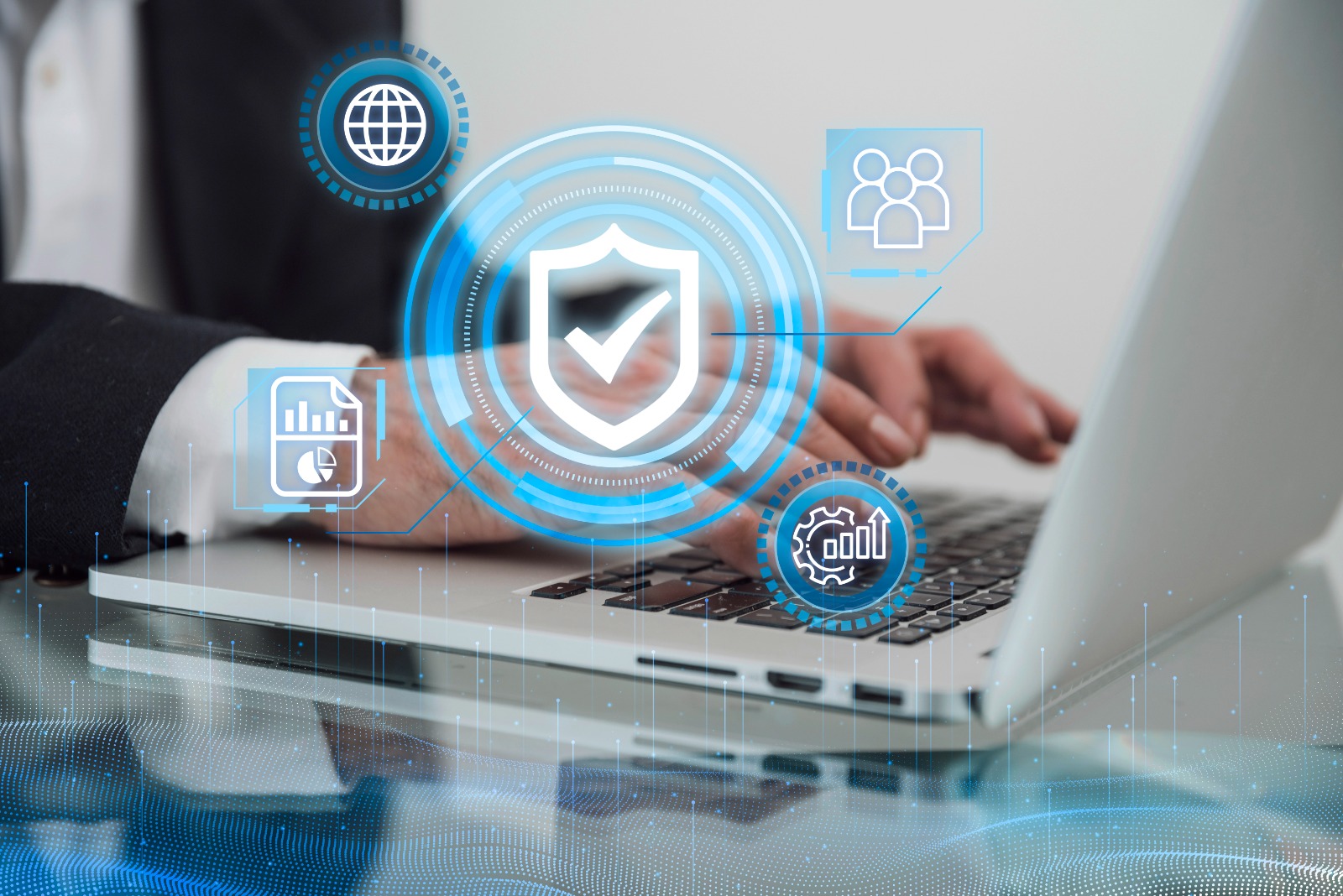Patent protection is crucial for companies that invest time and resources in research and development. With a patent, companies can protect their inventions from being copied or stolen by competitors. Innovation has always been the driving force behind technological progress. From groundbreaking inventions to revolutionary discoveries, the world is constantly evolving, and with it, the need for effective patent protection services grows stronger. In this article, we will explore the future of patent protection, focusing on advancements in technology and legal frameworks that are shaping the landscape of intellectual property rights.
Advancements in Technology are driving the future of patent protection. With the rise of Artificial Intelligence (AI) and Machine Learning (ML), the process of patent protection has become faster, more efficient, and accurate. These technologies have led to the development of new tools and software that can assist patent lawyers in preparing and filing patent applications. For instance, Inventor’s Interview and IDF Preparation tools leverage AI and ML algorithms to extract key information from inventors and prepare IDF forms quickly and accurately.
Artificial Intelligence (AI) in Prior Art Searches:
One of the most time-consuming and critical steps in the patent process is conducting a thorough prior art search. AI-powered algorithms can now analyze vast amounts of data and quickly identify relevant prior art references. This technology enhances the accuracy and efficiency of prior art searches, reducing the risk of overlooking existing patents or publications.
Automation in Patent Drafting: Traditionally, patent drafting required legal expertise and considerable manual effort. However, with advancements in automation, intelligent software can now assist in generating patent drafts. By leveraging natural language processing (NLP) and machine learning algorithms, these tools aid in creating high-quality patent applications, saving time and reducing the chances of errors.
Blockchain for Patent Management: Blockchain technology provides a secure and tamper-proof platform for managing patent-related data. It enables inventors and businesses to store patent information, track ownership, and maintain an immutable record of patent filings. This decentralized approach enhances transparency, reduces fraud, and strengthens the overall patent protection process.
The Role of Technology in Patent Protection
In recent years, technology has played a pivotal role in transforming various aspects of our lives, and patent protection is no exception. Advancements in technology have brought about significant changes in the way patents are searched, analyzed, and protected. Here are a few key areas where technology is revolutionizing patent protection:
- Inventor’s Interview: Traditionally, conducting inventor interviews was a time-consuming and often complex process. However, with the advent of virtual communication tools and collaboration platforms, inventors can now easily connect with patent attorneys or agents regardless of their geographical location. This streamlined approach enhances efficiency, reduces costs, and accelerates the patent application process.
- IDF (Invention Disclosure Form) Preparation: IDF preparation is a crucial step in the patenting process, as it helps document the invention’s technical details. Modern technology allows for the automation of IDF preparation, utilizing natural language processing and machine learning algorithms to extract and organize relevant information. This not only saves time but also improves accuracy and consistency.
- Patent Drafting: Writing a comprehensive and well-structured patent application requires expertise and attention to detail. Artificial intelligence (AI) tools are now being employed to assist in patent drafting, offering suggestions, identifying potential issues, and analyzing existing patents to ensure the novelty and uniqueness of the invention.
- Patent Illustrations: Visual representation of an invention is essential for a patent application. With advancements in graphic design software and 3D modeling techniques, patent illustrations are becoming more detailed, accurate, and visually appealing. These advancements aid in better understanding and stronger protection of the invention.
Legal Frameworks
The legal framework for patent protection is also evolving. In recent years, there has been a push for harmonization of patent laws across different countries. This has led to the development of international treaties and agreements that aim to make it easier for companies to obtain patent protection globally. The most notable of these agreements is the Patent Cooperation Treaty (PCT), which enables applicants to seek patent protection in over 150 countries through a single application.
Evolving Legal Frameworks for Patent Protection
Alongside technological advancements, legal frameworks governing patent protection have also been evolving to address the challenges and opportunities presented by emerging technologies. Key developments include:
- Global Harmonization: As innovation continues to transcend national borders, there is a growing need for harmonization of patent laws and procedures across different jurisdictions. Efforts are underway to streamline the patent application process, reduce duplicative work, and facilitate international cooperation. This harmonization promotes consistency and efficiency in patent protection services, benefiting inventors and businesses globally.
- Patentability of Emerging Technologies: With the rise of emerging technologies such as artificial intelligence, blockchain, and biotechnology, the legal frameworks around patentability are being redefined. Courts and patent offices are grappling with novel questions surrounding the patentability criteria for inventions in these fields. As technology advances, legal interpretations and precedents will shape the scope and eligibility of patent protection.
- Digital Enforcement: In an increasingly digital world, the enforcement of patent rights poses new challenges. Intellectual property infringement can occur across borders, making it difficult to identify and pursue infringers. However, technology is also empowering patent owners with tools for digital enforcement, including automated monitoring systems, data analytics, and blockchain-based solutions. These innovations enable more effective detection and enforcement of patent rights in the digital realm.
Intelacia: Your Partner in Patent Protection
As the future of patent protection evolves, it is essential to have a reliable partner who understands the intricacies of the patent landscape. We are leading provider of patent protection services, offers comprehensive solutions tailored to meet the unique needs of inventors and businesses. With our expertise in patent search and analysis, we leverage cutting-edge AI technologies to conduct thorough prior art searches, ensuring your inventions are novel and non-obvious. Our team of experienced patent professionals excels in drafting high-quality patent applications, taking advantage of automated tools while maintaining legal precision.
Moreover, we understand the importance of patent illustrations in enhancing the clarity and understanding of your inventions. Our skilled illustrators produce accurate and visually appealing patent drawings, complying with the strict requirements of patent offices worldwide.
Conclusion:
As the future of patent protection unfolds, it becomes crucial for inventors, businesses, and organizations to stay ahead of the curve. Outsourcing patent protection services to specialized firms can provide a strategic advantage, allowing professionals with expertise in both technology and intellectual property law to navigate the complex landscape of patents.








